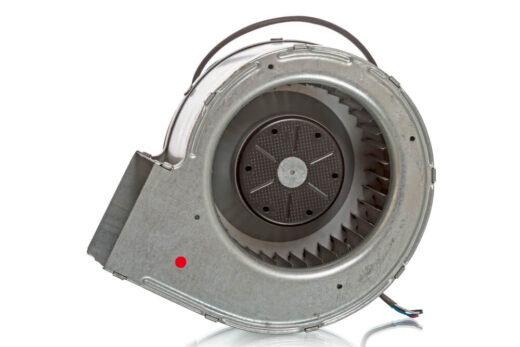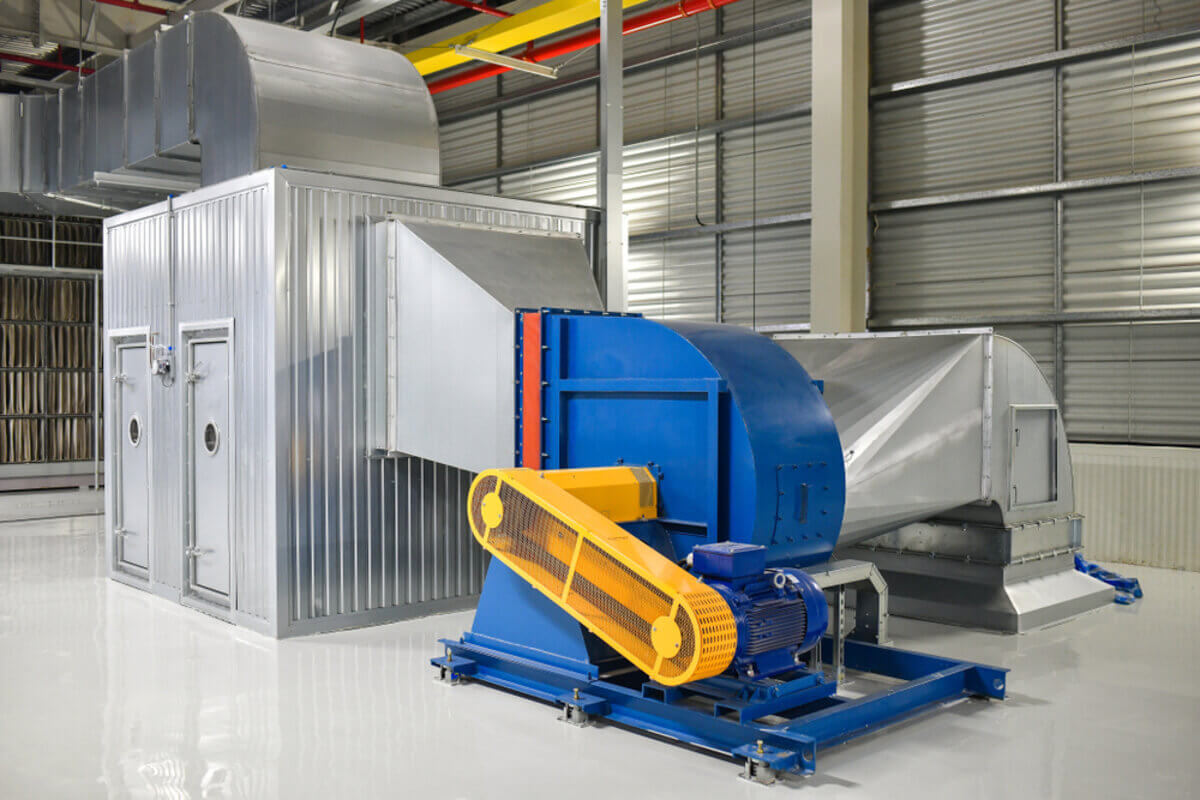In the realm of HVAC systems, centrifugal fans, often known as blowers, play a pivotal role. These mechanical marvels are tasked with the essential job of moving air or other gasses, ensuring the comfort and air quality in various indoor settings, from cozy homes to sprawling industrial buildings. But their functionality doesn’t stop at mere air circulation.
Centrifugal fans are key players in temperature management, making them crucial components in both heating and cooling processes. In this blog post, we’ll delve into the workings of these fans within HVAC systems, explore their unique features, and uncover why they’re an industry favorite. So buckle up as we journey into the heart of HVAC systems and the indispensable role that centrifugal fans perform.
What Are Centrifugal Fans?
 Centrifugal fans, also known as blowers, are mechanical devices designed to move air or other gasses in a direction at an angle to the incoming fluid. They play a crucial role in many industrial and commercial settings, including HVAC systems, where they regulate and circulate airflow.
Centrifugal fans, also known as blowers, are mechanical devices designed to move air or other gasses in a direction at an angle to the incoming fluid. They play a crucial role in many industrial and commercial settings, including HVAC systems, where they regulate and circulate airflow.
The design of a centrifugal fan is relatively simple yet highly efficient. The fan consists of a central hub connected to a number of blades or ribs, arranged in a circular pattern. When the fan is powered on, the rotation of the hub causes the blades to spin, creating a difference in air pressure. This difference propels the air or gas outward from the fan, leading to movement or circulation.
Centrifugal fans come in various types, each designed for specific applications and conditions. These include forward curved fans, backward inclined fans, and radial fans. While their designs may vary, all centrifugal fans operate based on the same fundamental principle of converting rotational motion into kinetic energy to move air or other gasses.
How Do Centrifugal Fans Work in HVAC Systems?
Centrifugal fans play a dynamic role in the operation of HVAC systems, ensuring optimal air circulation and temperature control. The core function of these fans is to create a flow of air or gas and direct it in a specific path, either for process requirements or to provide ventilation.
In an HVAC system, the centrifugal fan starts its operation when the motor spins the fan blades. This spinning motion generates a high-pressure stream of air or gas, which is then directed towards the outlet of the fan. The speed at which the blades rotate determines the velocity and volume of the airflow, which can be adjusted based on the specific requirements of the HVAC system.
As the fan draws in air, it also facilitates the movement of heated or cooled air throughout the system. In a heating system, the fan helps distribute warm air produced by the furnace to different parts of a building. Conversely, in a cooling system, it aids in removing warm air, allowing cool air to replace it. Furthermore, centrifugal fans contribute significantly to maintaining indoor air quality. They help in expelling stale air and drawing in fresh outdoor air, providing efficient ventilation. They also assist in removing pollutants and maintaining humidity levels, ensuring a healthy and comfortable indoor environment.
Importance of Centrifugal Fans
Centrifugal fans hold immense importance in a wide range of applications, particularly in HVAC systems. Their primary function is to efficiently move air or gas in a specific direction, which is crucial for maintaining optimal environmental conditions in various settings.
One of the key reasons centrifugal fans are so important is their role in temperature regulation. In HVAC systems, these fans facilitate the distribution of heated or cooled air throughout a building, thus ensuring a consistent and comfortable indoor temperature. Whether it’s a sweltering summer day or a freezing winter night, centrifugal fans work tirelessly to create an ideal indoor climate.
Understanding the Importance of Centrifugal Fans
At Lindberg Process Equipment, we harness the power of these fans to deliver high-quality, tailor-made HVAC solutions that meet and exceed our clients’ expectations. We invite you to explore our range of products and services, and experience the difference that our commitment to excellence brings. Contact us today to learn more about how our innovative solutions can enhance your operations.





